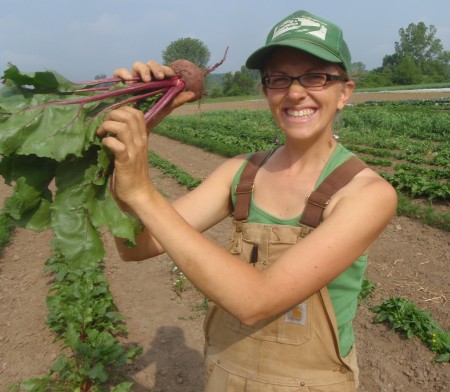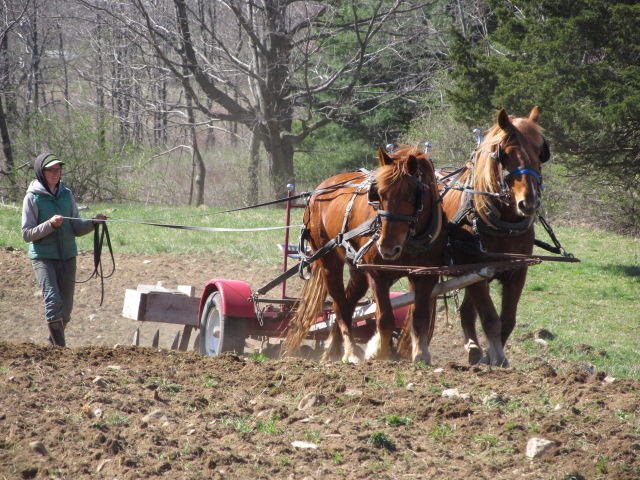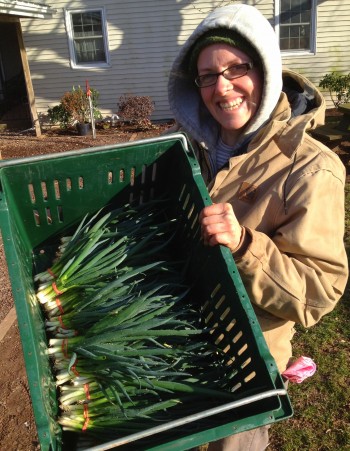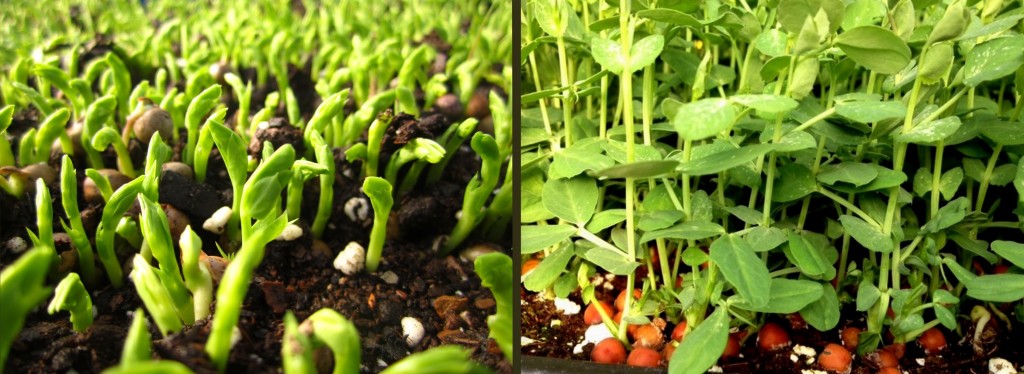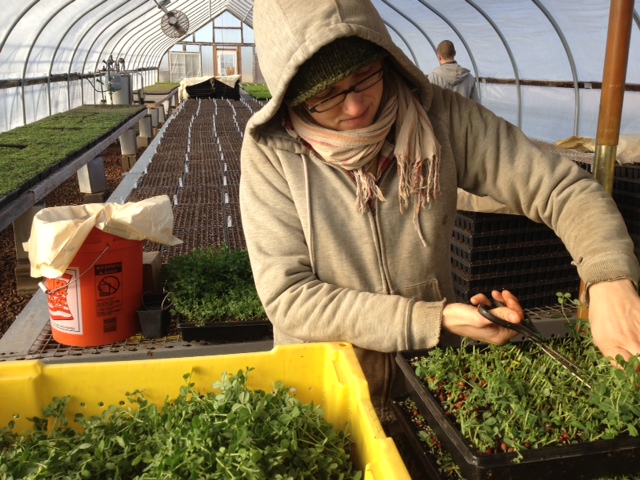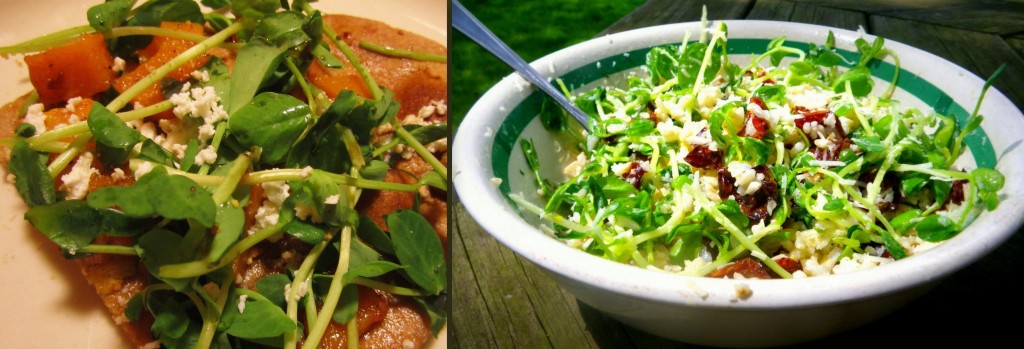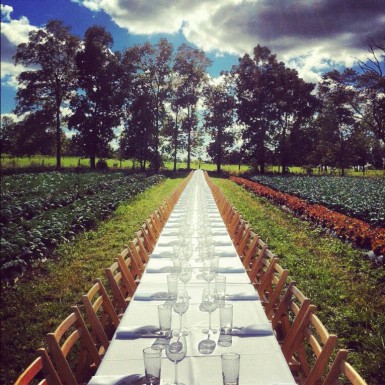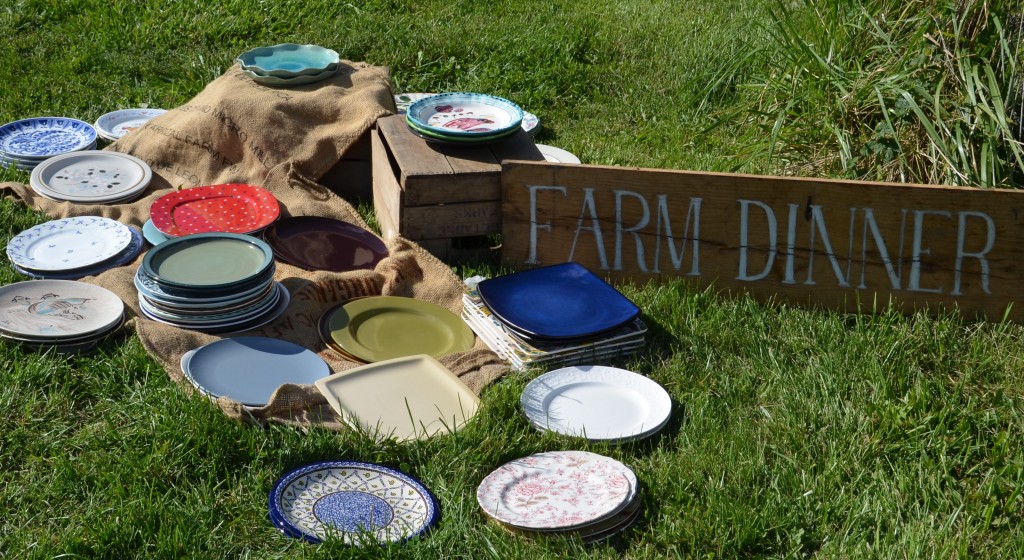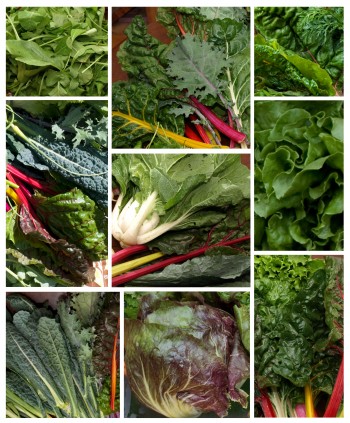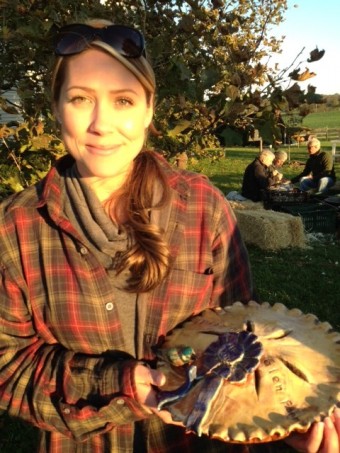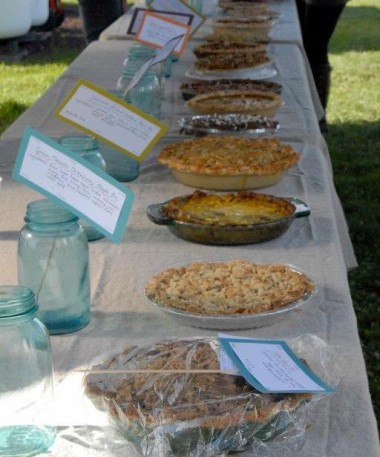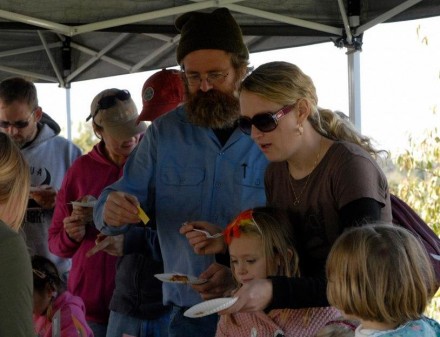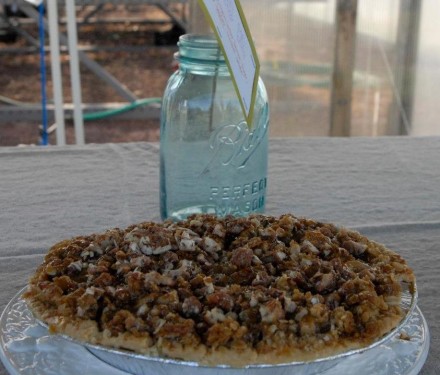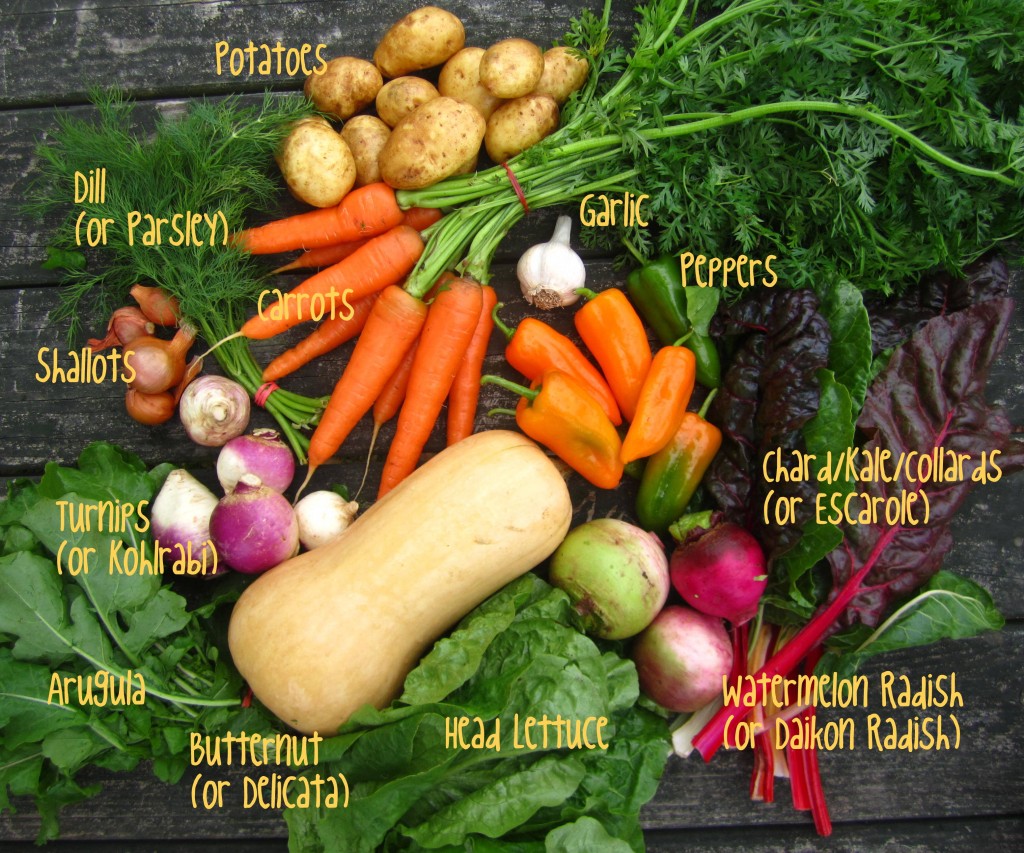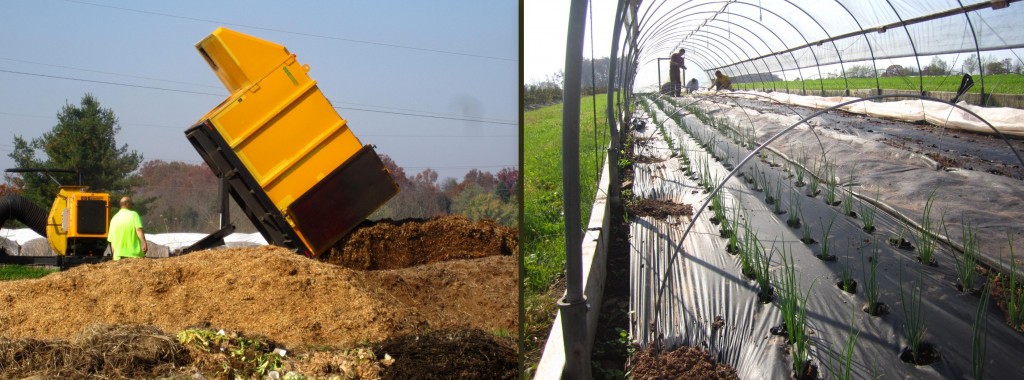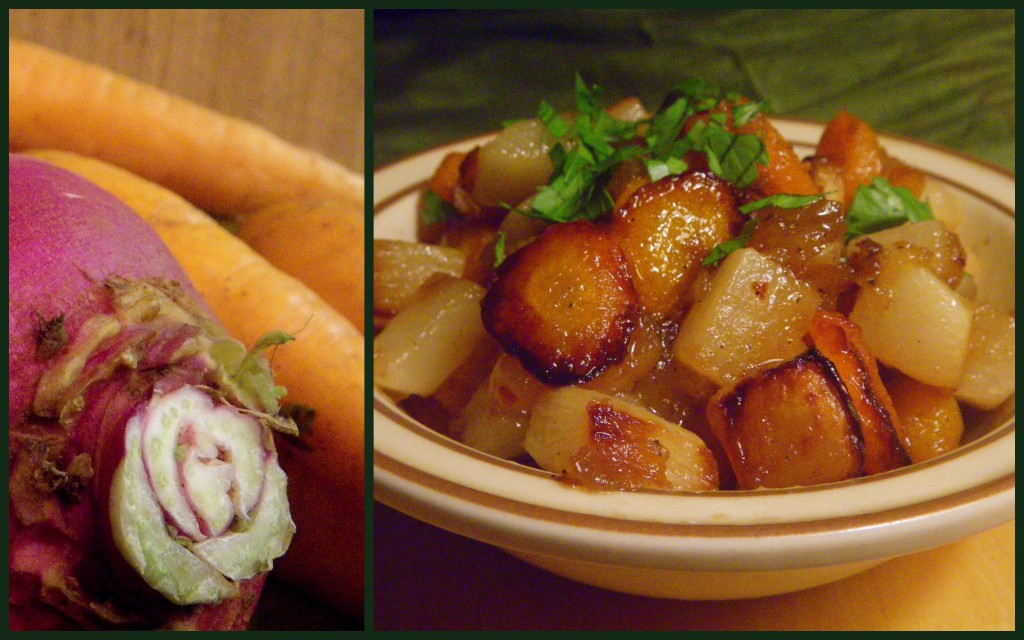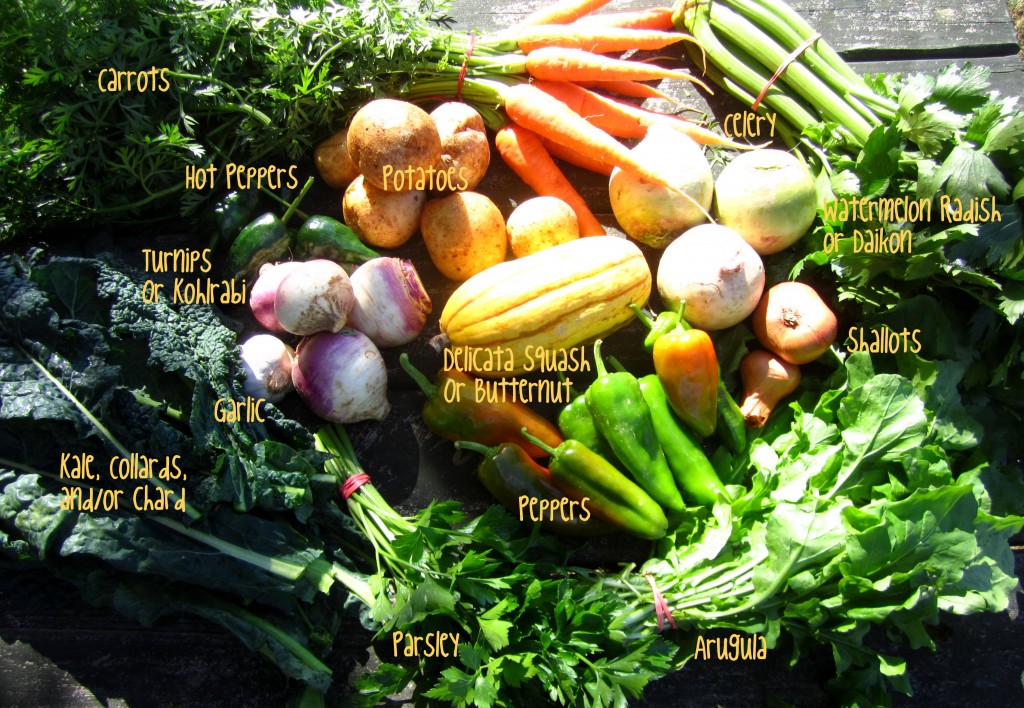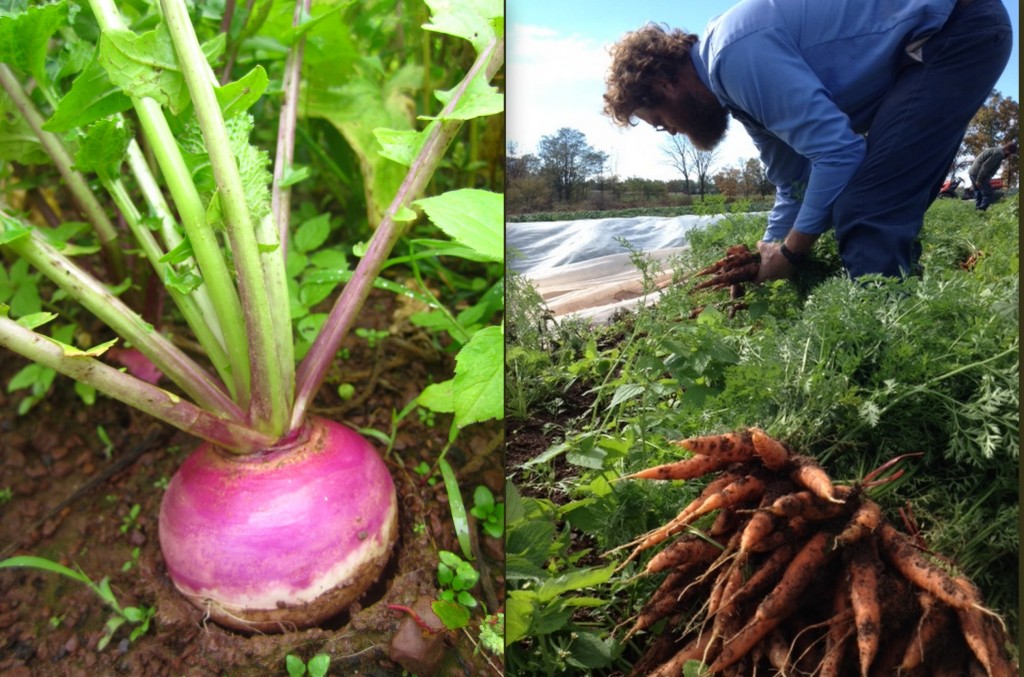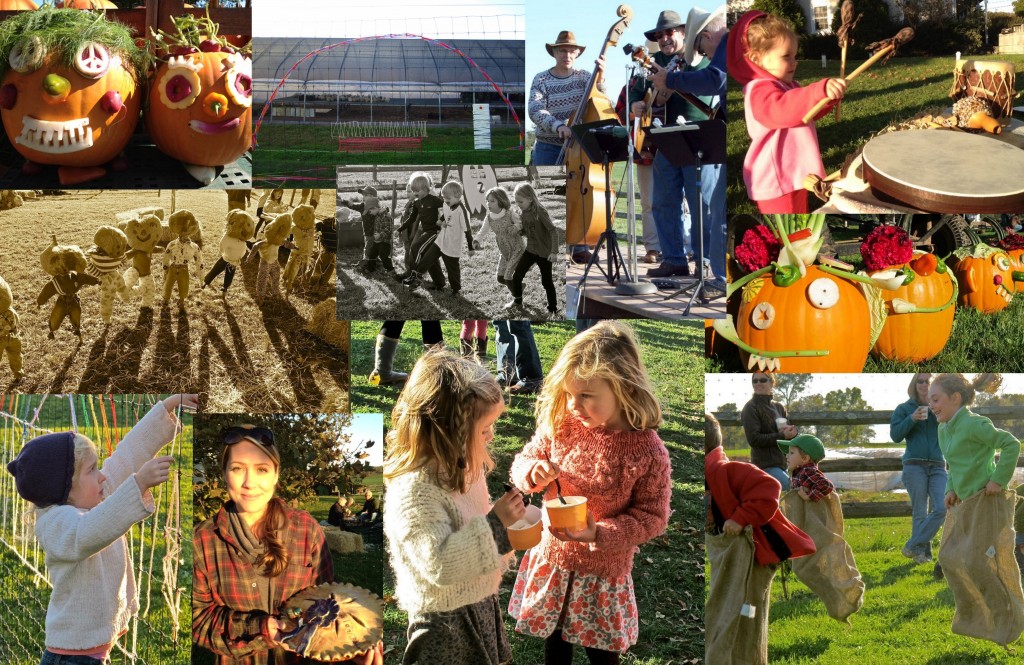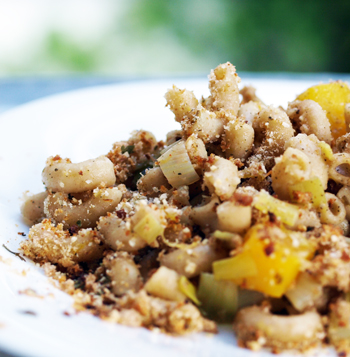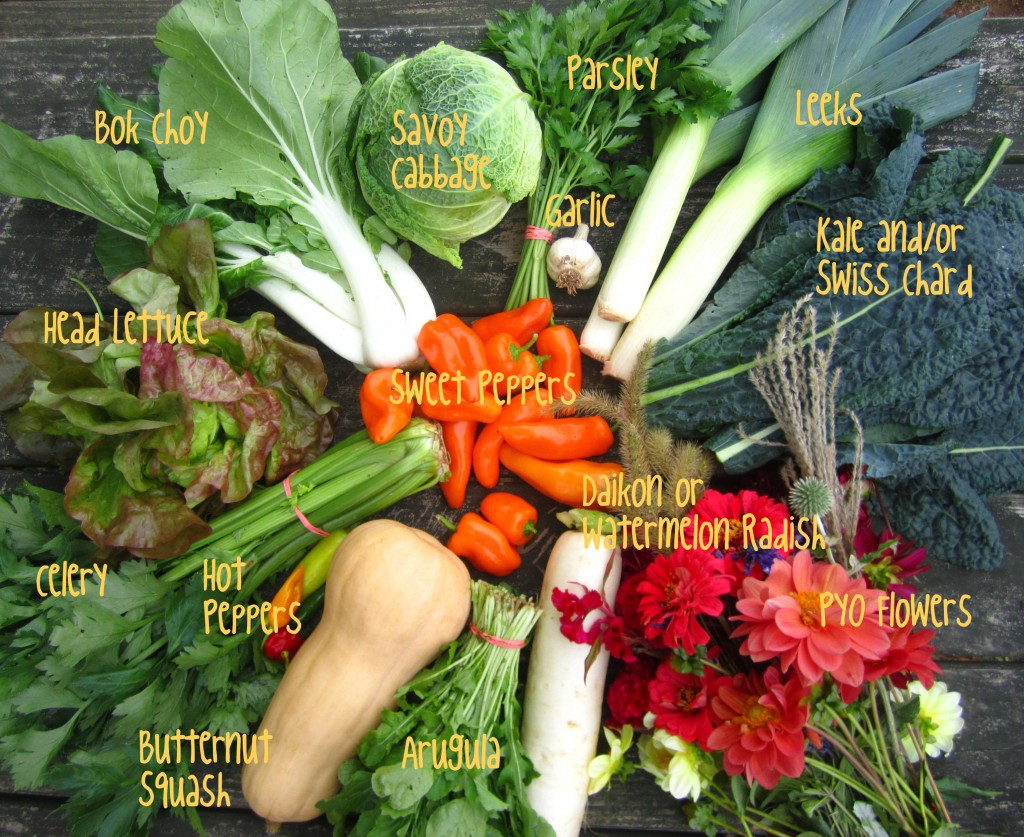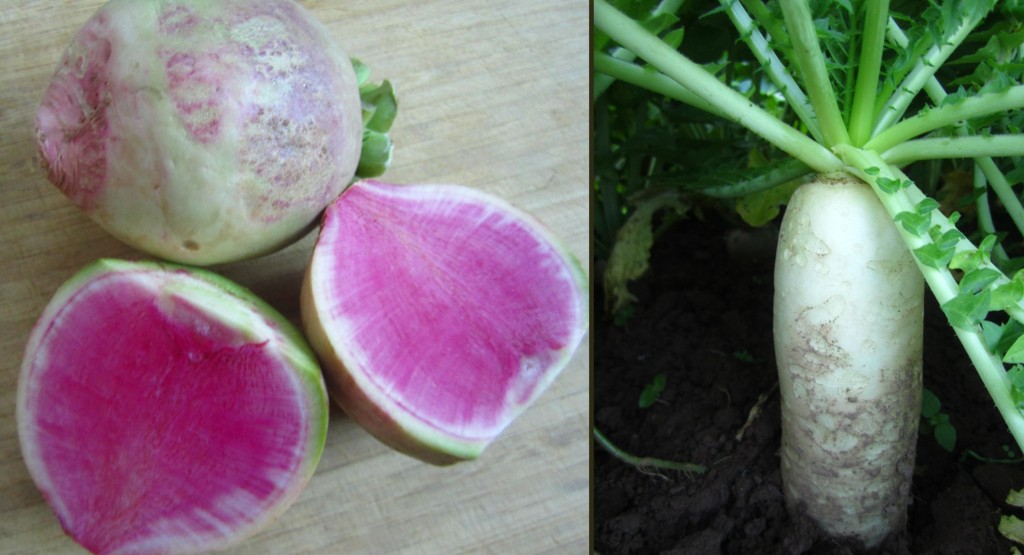25 Mar Meet our crew: Lisa Miskelly
Lisa Miskelly joins our crew for the 2013 season. Not just a farmer, but a wonderful writer as well, I asked her to introduce herself to our Blooming Glen Farm community, and speak a bit about her journey into farming- below you will find her response. We look forward to hearing more from her on the Blooming Glen Beet this season!
“My story into farming seems to echo that of so many young and beginning farmers in this up-and-coming generation who comprise the local food “movement;” my tale follows the same trend, the same thread of being called to the land, the outdoors, the work of physical stamina and mental flexibility, the care of plants, animals, and soils, the enriching of a community through strengthening the local economy, the growing of nutritious food to inspire culinary creativity and highlight the rich flavors of the earth, and the desire for food justice.
A Maryland-born-and-raised suburbanite, I began farming 6 years ago in Southeastern Vermont. After acquiring a degree in Political Theory from a small liberal arts college, spending a summer milking sheep and setting up pasture fencing felt like a welcome relief from the world of reading, writing, and computers. I didn’t begin the internship on a sheep dairy anticipating I was opening a new career-path for myself, but by the end of the season I found myself smitten, enveloped into the daily cadence of chores and milking, the necessity of early morning work, the tiredness of my body at the close of each day, and the taste of such delicacies which were a product, in part, of my labor.
While I have always loved cooking, learning about, eating, and sharing food, growing and raising food brought this love to a new level of infatuation and understanding. I believe the sharing of food with friends and family unites people through the bond of caring for the physical health and well-being of one another, while allowing for us to slow down, listen to one another’s stories, and gather in appreciation of digestion and digression, cooking and conversation. Bringing children and young adults into the realities of food’s source—carrots pulled up out of the ground, milk still warm from the udder—and the work required to grow and raise those carrots and cows offers them an understanding of the practical purposefulness of work and a delight in the farm food they eat.
After my first season farming, I spent the next five years traversing the diverse world of small-and-medium-scale farming in the North-East, spending seasons working on farms with a variety of approaches and focuses: hand, horse, and tractor-scale vegetable production, farm-based education, cow and sheep dairying, and draft-horse powered grain-growing and hay-making.
These experiences have now brought me to join the community of farmers at Blooming Glen where I continue my farm-education, to work amidst a group of talented and high-energy growers on a scale much larger than I have ever farmed before—seeking to learn tractor skills and experience first-hand the benefits of diverse marketing (selling vegetables through wholesale, CSA, and farmer’s markets). Three weeks in, I am in admiration of the efficiencies of growing on such extensive acreage, excited to observe and learn the finesses of managing land, people, and production, and trying my best not to be too intimidated by how much work we are going to collectively accomplish in the coming eight months. The propagation houses are full of germinating seeds and plants ready for transplanting, Tom has already started Spring plowing, and our crew of workers seems to be growing in number each week: Summer, here we come!
Farming provides me with a livelihood which fulfills my physical need for healthy food, food which retains its connection to its source—the land on which it was grown and the farmers who grew it. I farm to remain connected with my body, to feel the strength and soreness of my muscles as a result of my work each day. I farm to awaken my spiritual connection with the Earth, the elements, and the unknown. I farm to be nourished by the visceral challenges of working with living beings and uncontrollable forces, to be confronted with my limitations in the face of environmental conditions. I farm to find my place in service to, and in being served by, a community of growers, consumers, producers, share-holders, and friends, as we together partake in the intoxicating adventure and delight of seasonal eating. I farm to practice the crafts of listening, learning, and paying attention.
I look forward to meeting all of you in the season before us—to help to grow food for you and your families, learn your favorite recipes and share some of mine, and join you in this Blooming Glen Farm Community.
In Celebration of Spring, (Happy Equinox!)”
Lisa Miskelly





